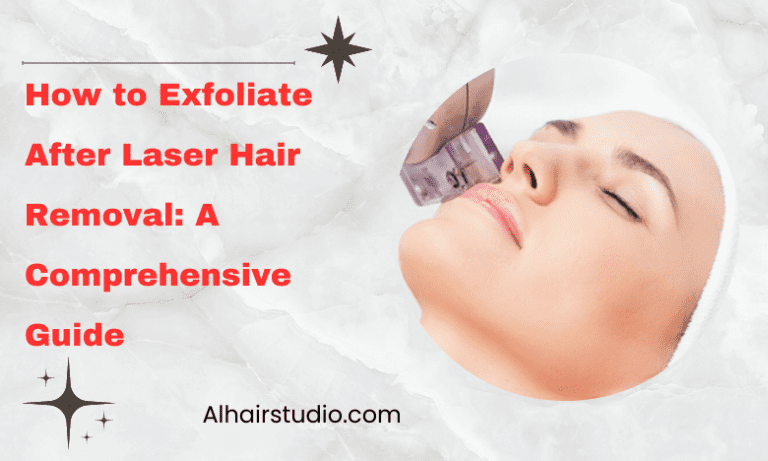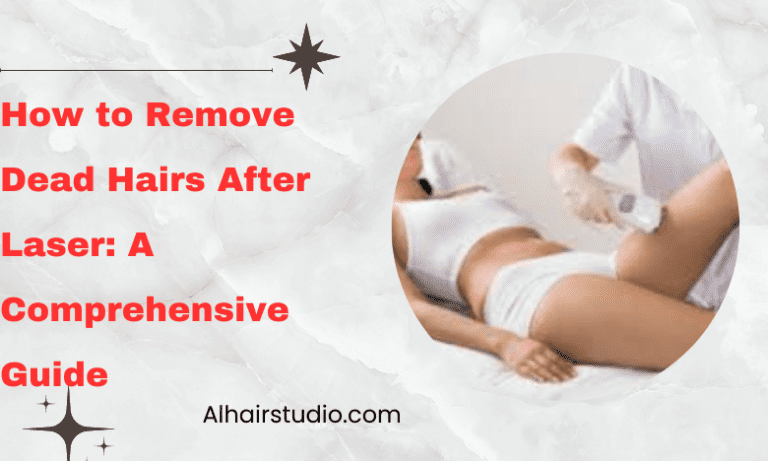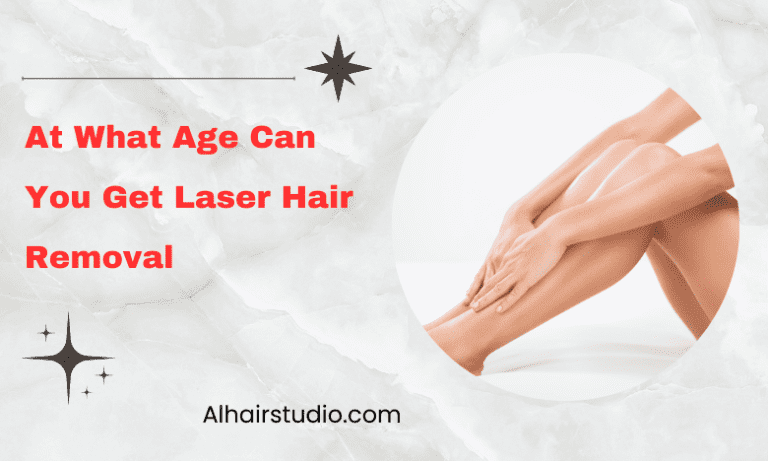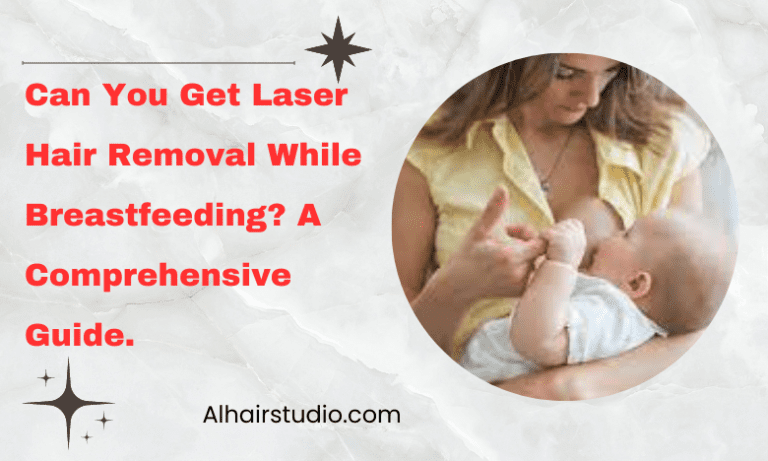Can You Tan After Laser Hair Removal?
Laser hair removal is a popular cosmetic procedure that uses concentrated beams of light to target hair follicles, effectively reducing hair growth over time. The process involves using a laser that emits a wavelength of light that is absorbed by the pigment in the hair follicles, damaging them and inhibiting future growth. The procedure is usually done by a licensed technician or dermatologist, and it is a safe and effective way to remove unwanted hair from various parts of the body, including the face, legs, arms, underarms, and bikini area.
Explanation of Laser Hair Removal
Importance of Taking Care of Skin Post-Treatment
After undergoing laser hair removal, it is important to take proper care of your skin to ensure that it heals properly and to minimize the risk of any adverse reactions or side effects. This includes avoiding sun exposure, using gentle skincare products, and keeping the treated area clean and moisturized.
Check this article: How to Style Hair Extensions for a Natural Look: Tips and Tricks
Overview of the Main Question: Can You Tan After Laser Hair Removal?
One common question that arises after laser hair removal is whether it is safe to tan or expose the treated area to sunlight. In this article, we will explore the effects of laser hair removal on the skin, the precautions you should take when exposing your skin to the sun after the procedure, and whether sunless tanning is a safe alternative.
The Effects of Laser Hair Removal on the Skin
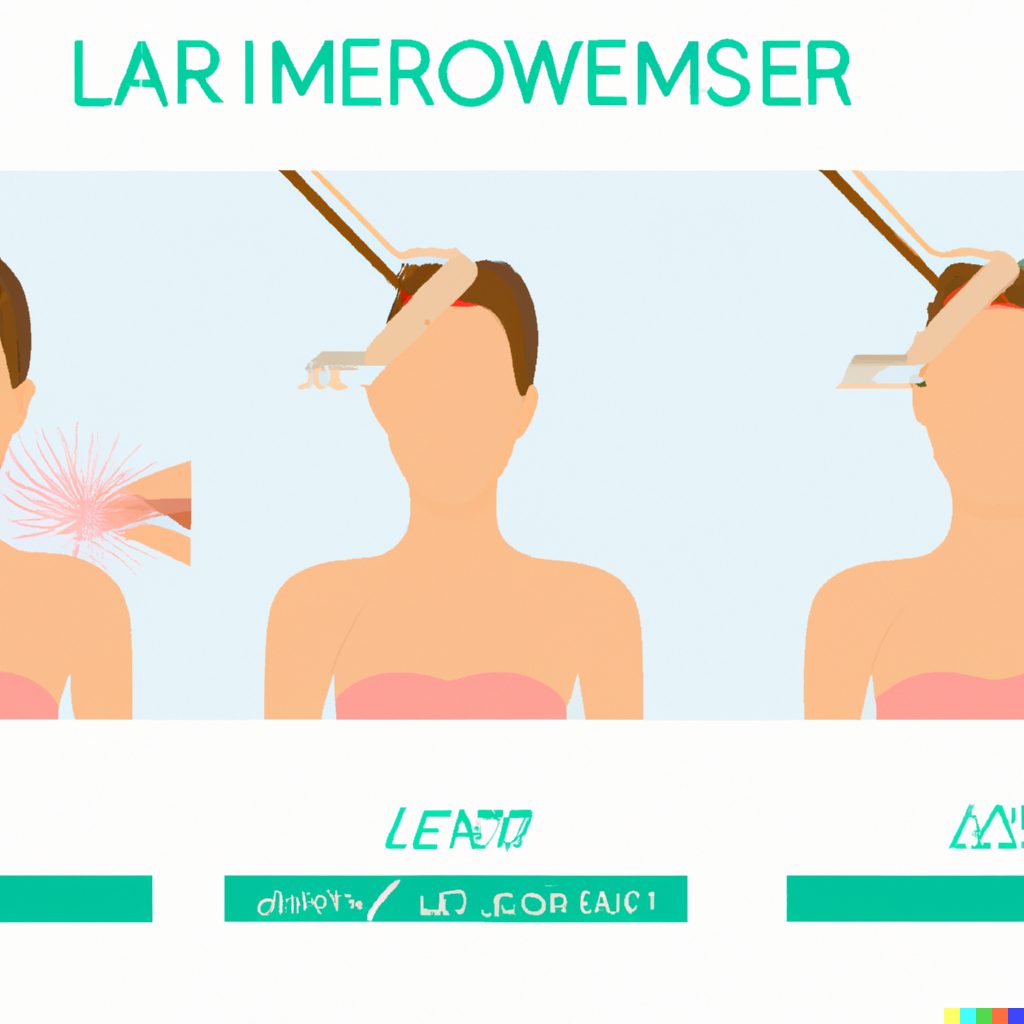
i. How Laser Hair Removal Works
Laser hair removal works by using a laser to target hair follicles and destroy them. The laser emits a concentrated beam of light that is absorbed by the pigment in the hair follicle, causing it to heat up and become damaged. This damage inhibits future hair growth, and over time, the treated hair follicles will be permanently disabled.
ii. Side Effects of the Procedure
Like any cosmetic procedure, laser hair removal can have side effects. The most common side effects include redness, swelling, and sensitivity in the treated area. Some people may also experience itching or mild pain during or after the procedure. These side effects are usually temporary and can be managed with over-the-counter pain relievers or topical creams.
iii. How Laser Hair Removal Affects Skin Sensitivity
Laser hair removal can make your skin more sensitive to sunlight, so it is important to avoid exposure to the sun or use sunscreen with a high SPF after the procedure. In addition, you should avoid using any skincare products that contain harsh chemicals or exfoliants, as they can irritate the treated area and cause further sensitivity.
Sun Exposure After Laser Hair Removal
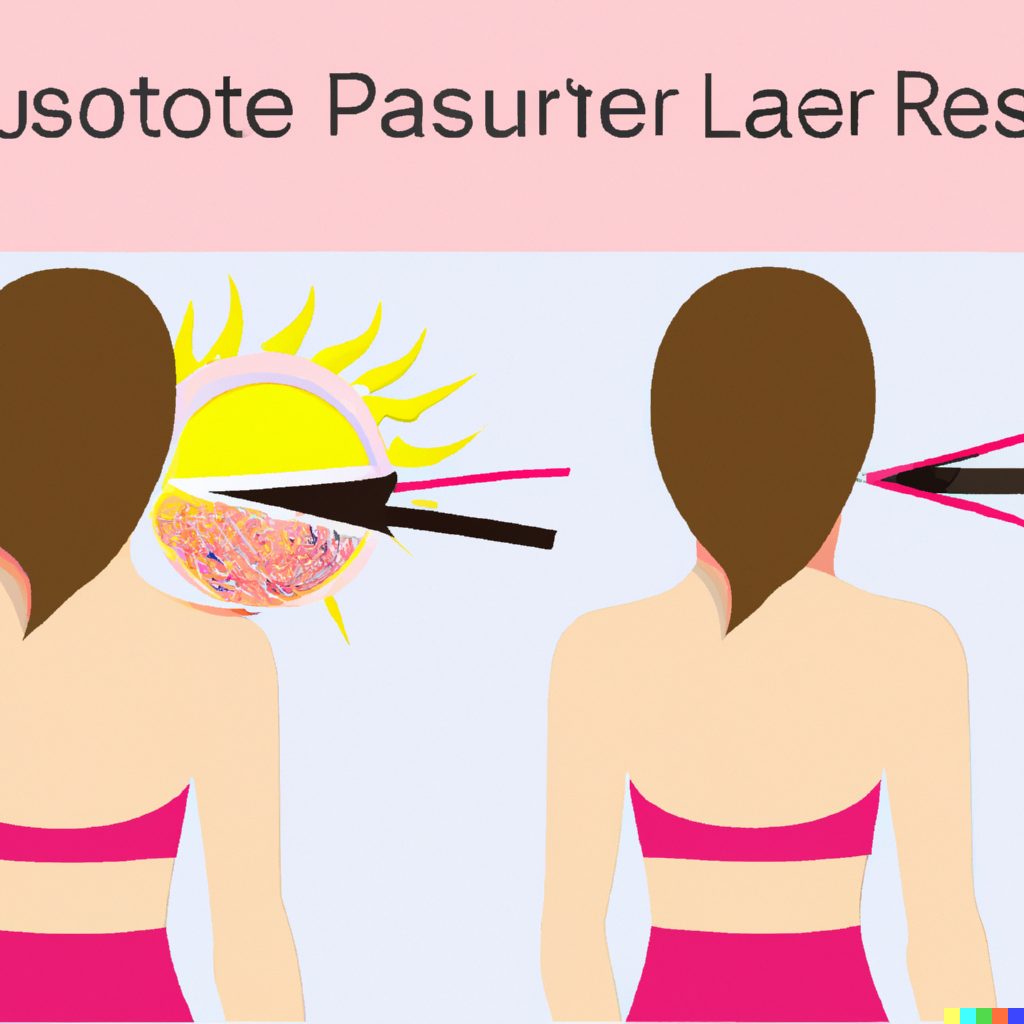
i. Can You Go Out in the Sun After Laser Hair Removal?
It is generally not recommended to expose the treated area to sunlight for at least two weeks after laser hair removal. This is because the skin may be more sensitive and susceptible to damage from the sun’s UV rays. If you must go out in the sun, you should wear protective clothing and use a high-SPF sunscreen to minimize your risk of sunburn or other adverse reactions.
ii. Precautions to Take When Exposing Your Skin to the Sun
If you do need to go out in the sun after laser hair removal, there are several precautions you should take to protect your skin. This includes wearing protective clothing such as hats and long-sleeved shirts, using a high SPF sunscreen, and avoiding peak sun hours when the UV rays are strongest. You should also avoid tanning beds, as they can cause further damage to the skin.
iii. How Long to Wait Before Tanning After Laser Hair Removal
If you want to tan after laser hair removal, it is important to wait at least two weeks before exposing the treated area to sunlight or using a tanning bed. This will allow your skin to heal properly and reduce the risk of any adverse reactions
Also Read: How to Take Care of Tape In Hair Extensions?
Sunless Tanning After Laser Hair Removal
i. Explanation of Sunless Tanning
Sunless tanning is a popular alternative to sun exposure or tanning beds. It involves applying a self-tanning lotion, spray, or mousse to the skin, which contains dihydroxyacetone (DHA), a colorless sugar that reacts with the amino acids on the surface of the skin to produce a temporary tan. Unlike sun exposure or tanning beds, sunless tanning does not involve exposure to UV rays, which can damage the skin and increase the risk of skin cancer.
ii. Is Sunless Tanning Safe After Laser Hair Removal?
Sunless tanning is generally considered safe after laser hair removal, as it does not involve exposure to UV rays. However, it is important to wait at least two weeks after the procedure before using sunless tanning products, as the treated area may be more sensitive and susceptible to irritation. In addition, it is important to choose a high-quality sunless tanning product and to patch test it on a small area of skin before applying it all over.
iii. Precautions to Take When Using Sunless Tanning Products
When using sunless tanning products after laser hair removal, it is important to follow the manufacturer’s instructions carefully and to avoid applying the product to any areas that are still red or inflamed from the procedure. You should also avoid using any exfoliants or harsh skincare products that can strip away the tan prematurely. Finally, it is important to maintain proper skin care after applying the sunless tanning product, including keeping the skin clean and moisturized.
Conclusion
i. Recap of Main Points
Laser hair removal is a safe and effective way to remove unwanted hair, but it can cause temporary side effects such as redness, swelling, and sensitivity. After the procedure, it is important to take proper care of your skin and avoid sun exposure for at least two weeks. Sunless tanning is a safe alternative to sun exposure or tanning beds, but it is important to wait two weeks after laser hair removal before using any sunless tanning products.
ii. Final Thoughts on the Topic
In summary, laser hair removal can have a positive impact on your appearance and confidence, but it is important to take proper care of your skin after the procedure to ensure that it heals properly and minimize the risk of any adverse reactions. While sun exposure and tanning beds should be avoided after laser hair removal, sunless tanning is a safe alternative that can help you achieve a natural-looking tan without the risks associated with UV exposure.

